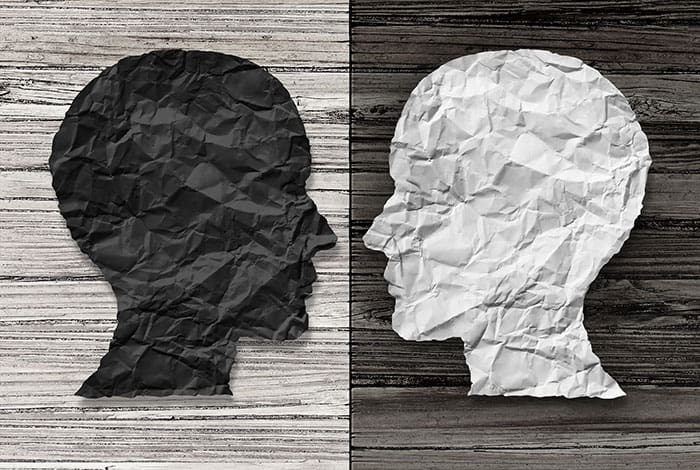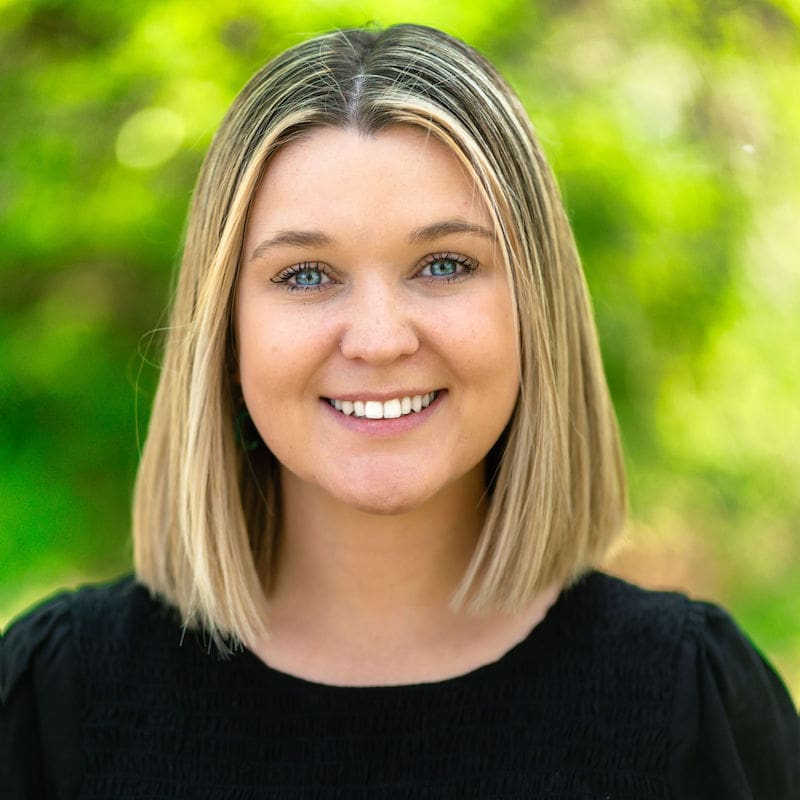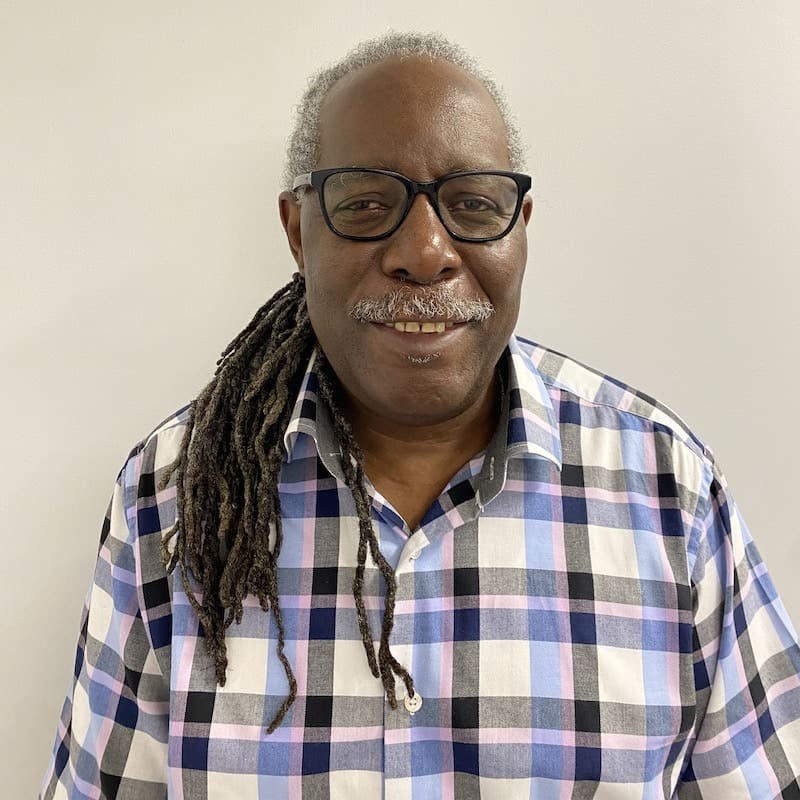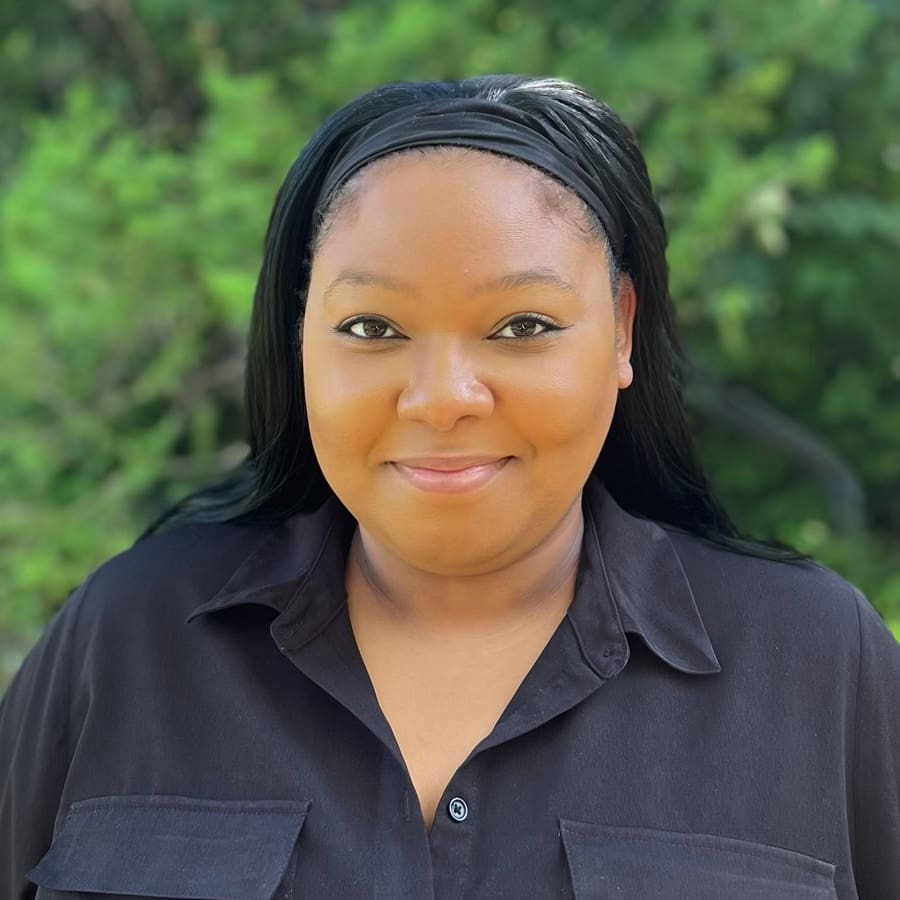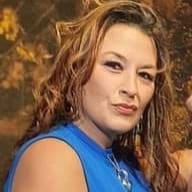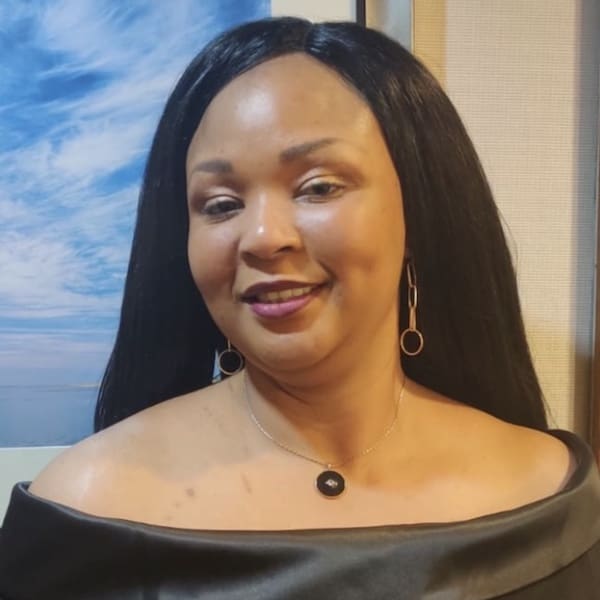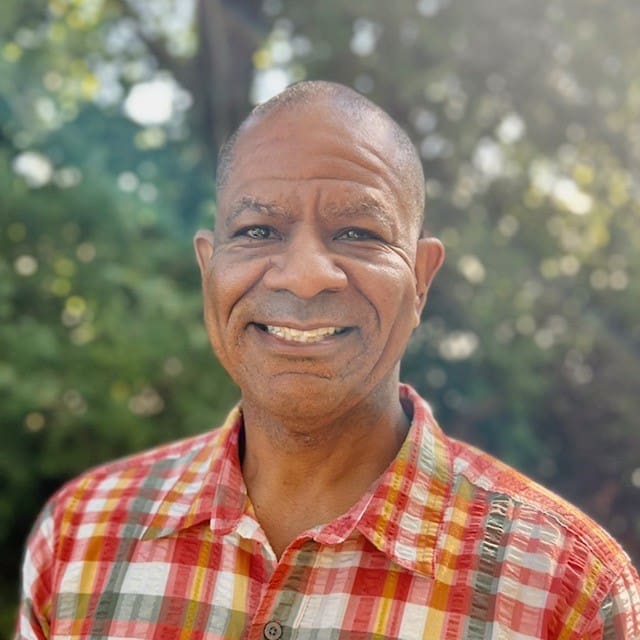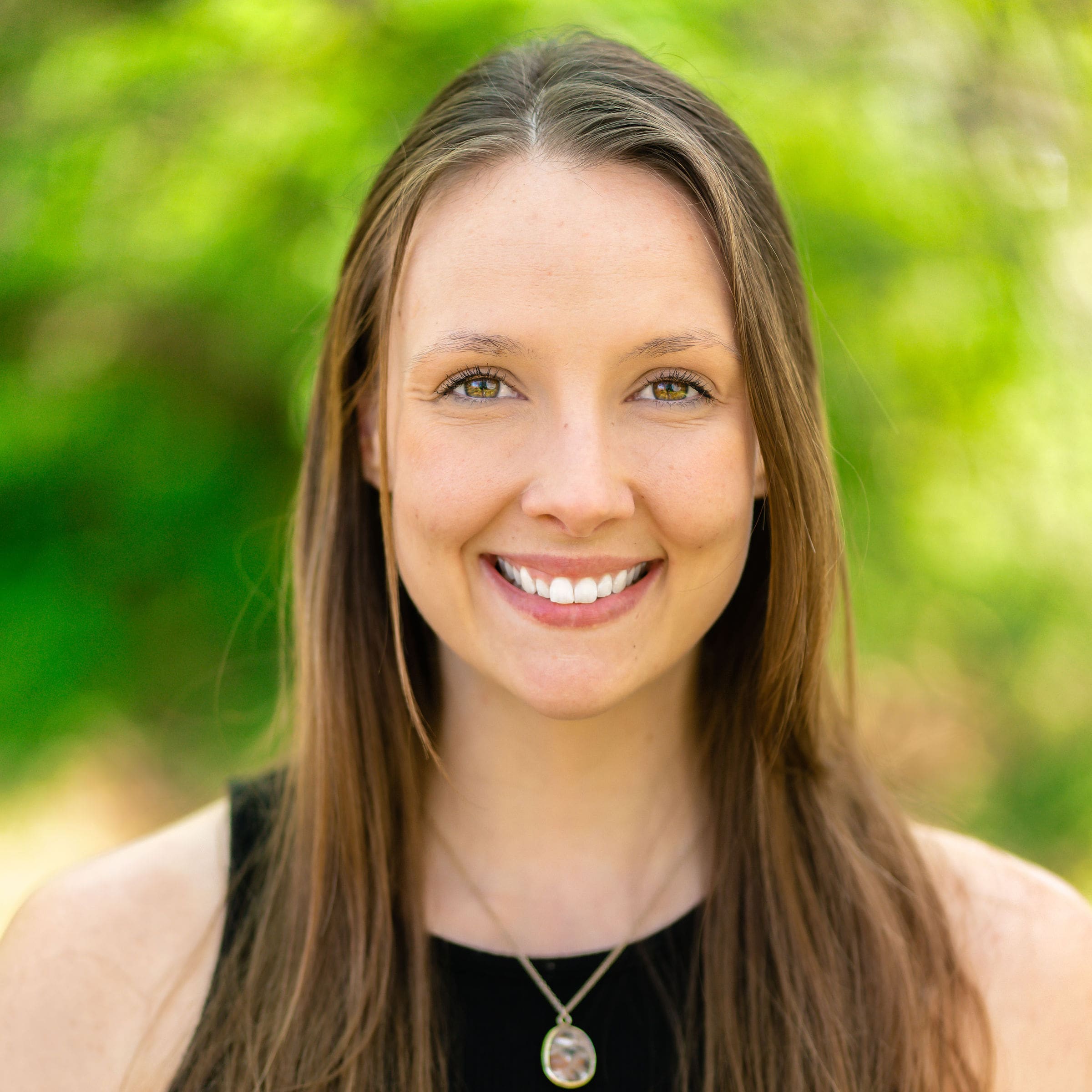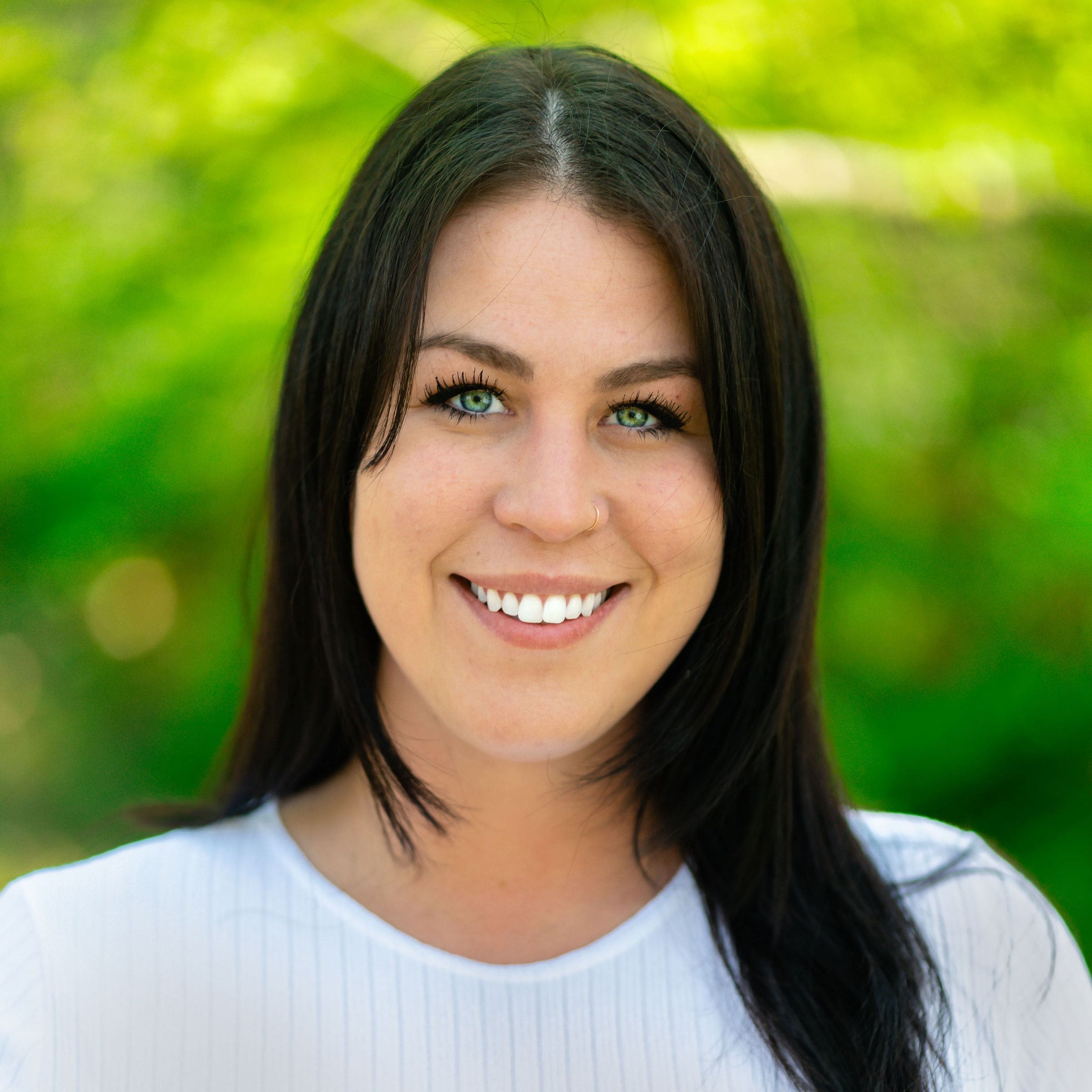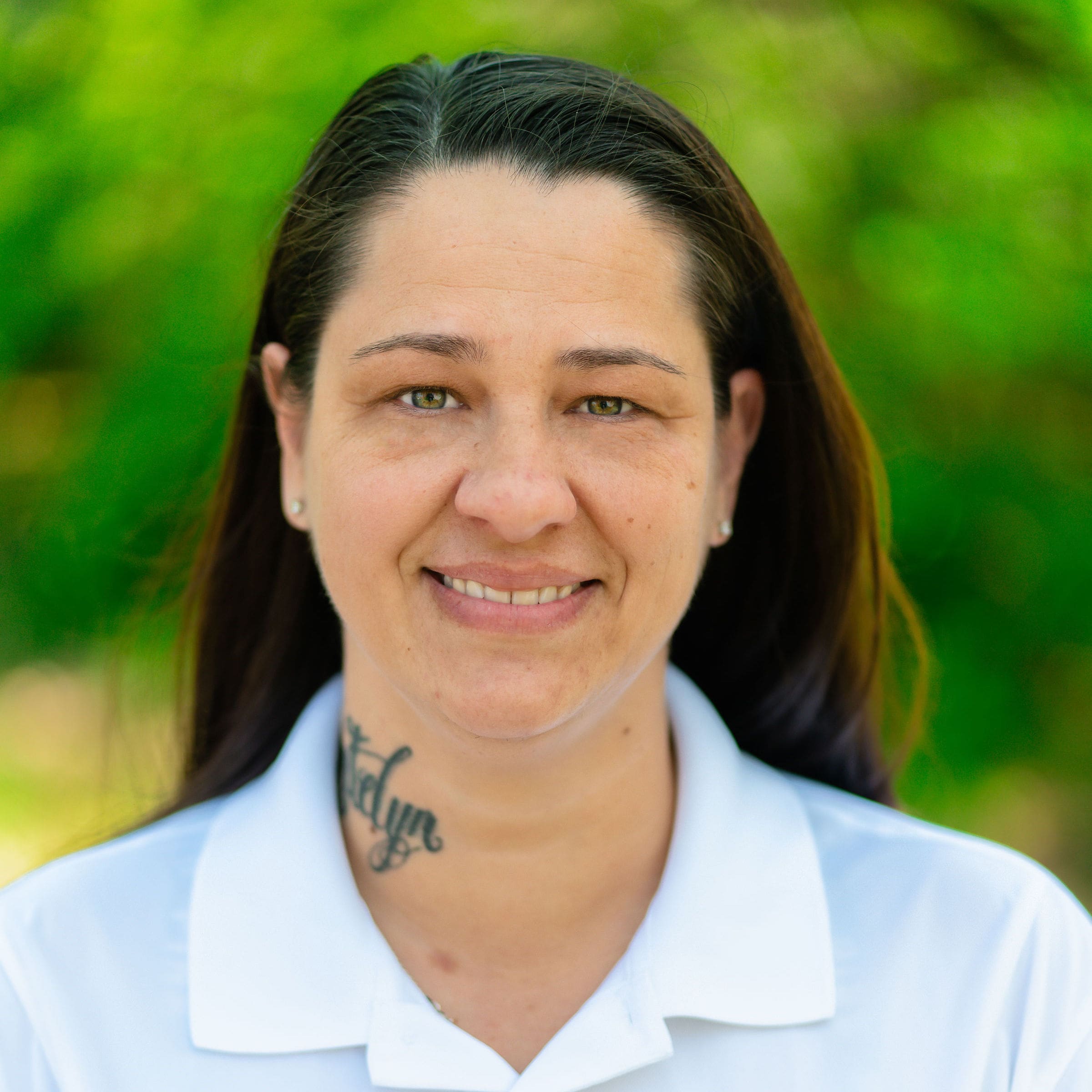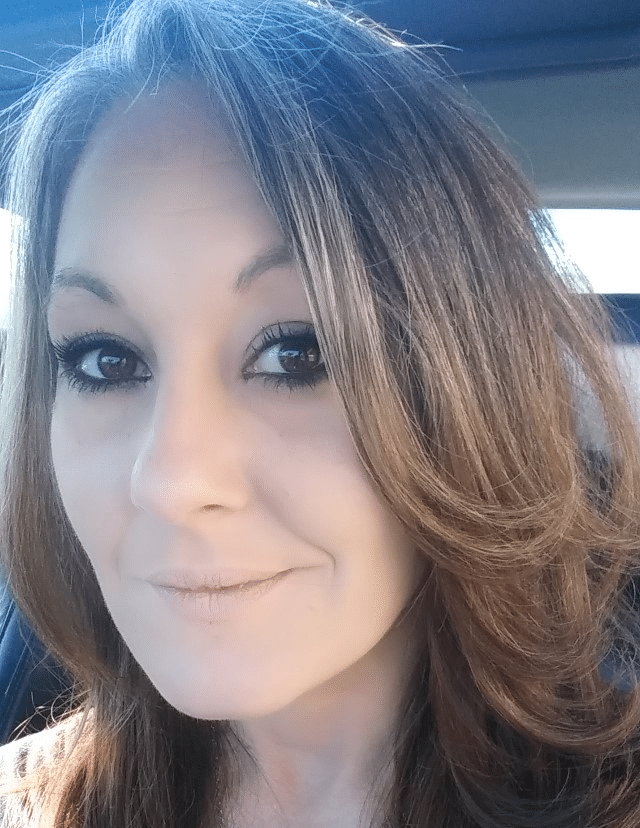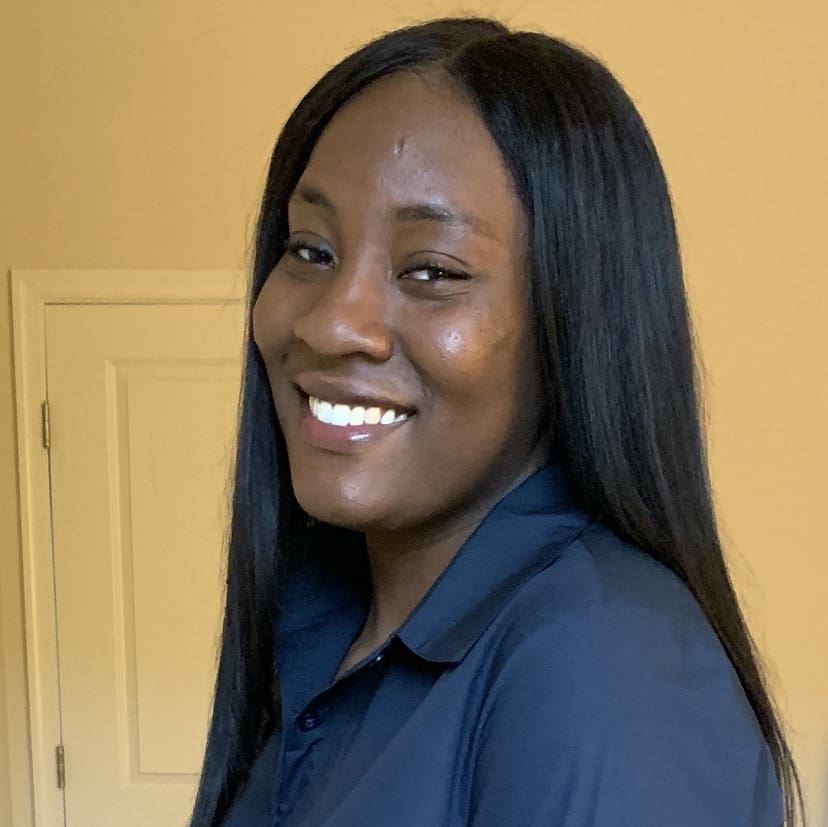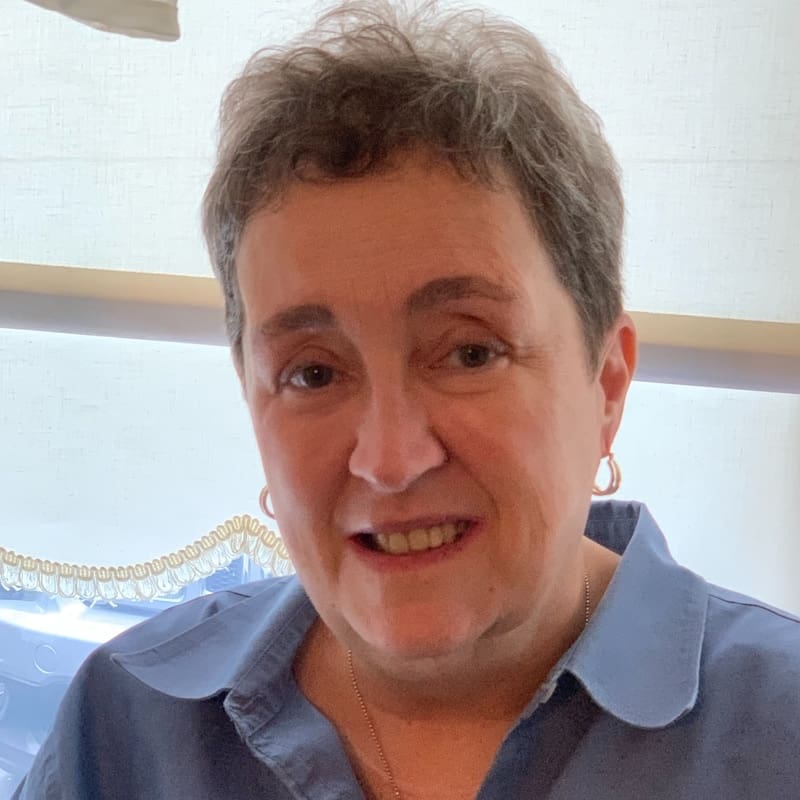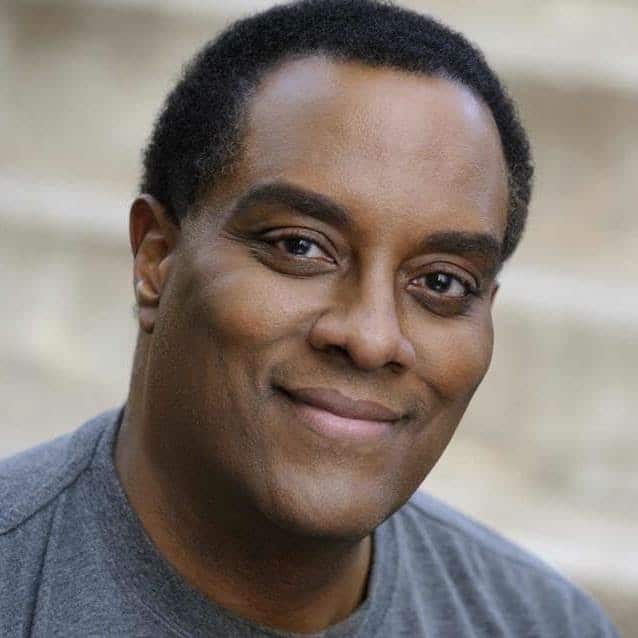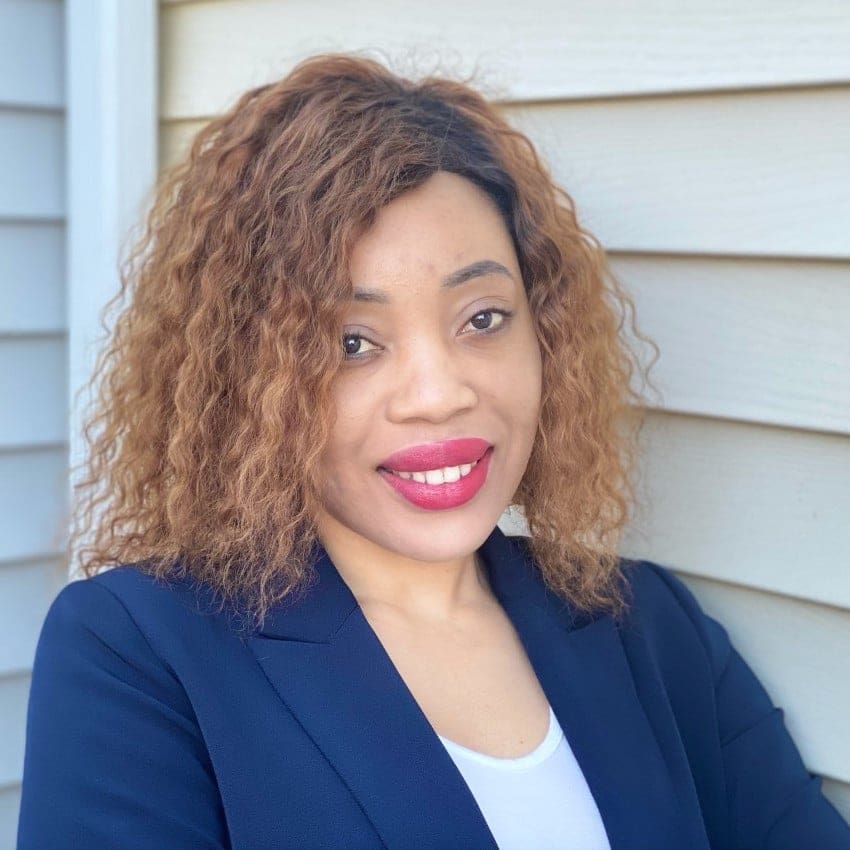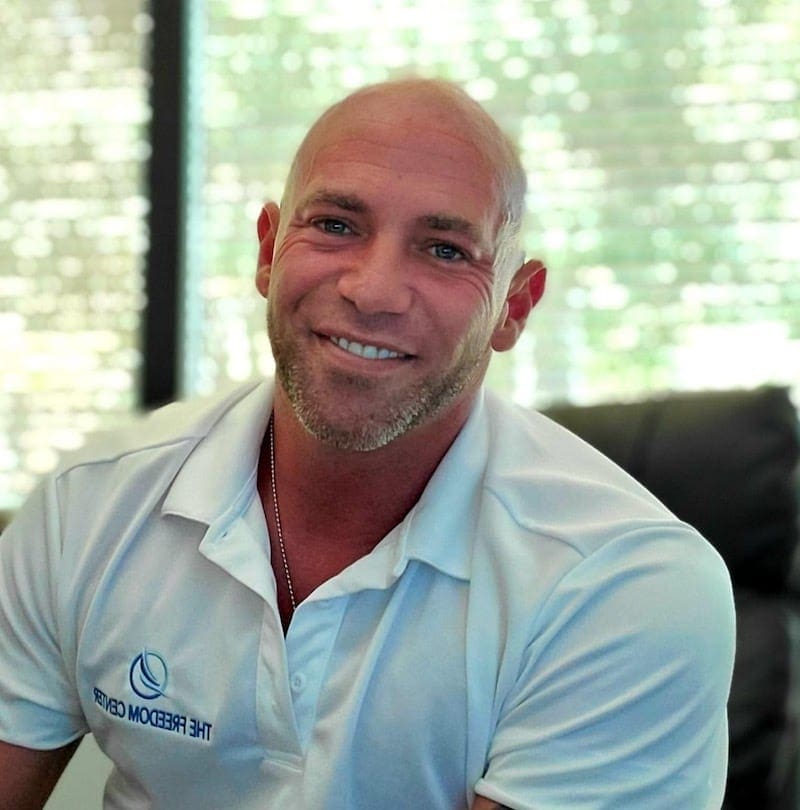Bipolar Disorder and Substance Abuse Treatment in Maryland
Bipolar disorder also known as manic depression is a mental health condition that affects mood and behavior. A mood disorder such as bipolar can disrupt a person’s life and create other issues that may lead an individual to abuse drugs. Bipolar disorder and substance abuse can co-occur and share some of the same symptoms. Dual diagnosis treatment provides relief and makes it possible to live a healthier life.
If you’re seeking treatment, our team at The Freedom Center in Gaithersburg, Maryland specializes in mental health care and therapy for mood disorders and addiction such as alcohol abuse. Call us for help in managing co-occurring conditions such as bipolar disorder and substance abuse.
What is Bipolar Disorder?
Bipolar disorder is a mental illness responsible for extreme and sudden changes in behavior, mood, and energy levels. There are many common misconceptions regarding bipolar disorder as well as its symptoms. A person who suffers from bipolar disorder experiences “mood swings” in what are called manic episodes. These can last a few days or even weeks, and there’s not necessarily an “average”. As for the frequency with which they happen, that can be as often as every week or only a few times a year.Bipolar Disorder Signs and Symptoms
Bipolar symptoms are key to understanding mood disorders and getting an accurate diagnosis and mental health treatment. Most often people develop bipolar disorder at an earlier age while still a teenager or young adult, but bipolar disorder can occur later. Depending on the type of bipolar disorder, bipolar symptoms may differ. Typically the symptoms and signs of this disorder involve manic and depressive episodes. Common symptoms include:Mania
- Feeling happy or excited despite negative circumstances
- Having numerous new and exciting ideas and rapidly shifting from one idea to another
- Experiencing racing thoughts
- Talking rapidly
- Hearing voices
- Feeling more irritable than usual
- Having an inflated sense of self
- Being easily distracted
- Experiencing insomnia or a decreased need for sleep
- Overestimating one’s abilities
- Making impulsive decisions and engaging in risky behaviors such as overspending, promiscuity, substance use, or gambling
Depression
- Feeling less energetic and tired
- Experiencing excessive feelings of hopelessness
- Having negative thoughts of being guilty, worthless, or helpless
- Having little or no interest in hobbies
- Struggling to concentrate
- Experiencing difficulty sleeping either too much or too little
- Eating less or overeating and changes in weight
- Developing habits of alcohol abuse or drug abuse
- Having thoughts of suicidal ideation or suicide attempts
Psychosis
- Having hallucinations
- Being delusional
- Believing one has superpowers
- Feeling guilty for something that the individual didn’t do
Episodes of Bipolar Disorder
Bipolar disorder episodes also vary depending on the person. Do you have bipolar disorder? Is it bipolar I or bipolar II? Here’s how to recognize the signs and symptoms of manic depression, including mania, hypomania, bipolar depression, and cyclothymia. The different types are as follows:Mania
Hypomania
Similar to mania, but in a milder form. A hypomanic episode can be shorter and the symptoms are not as intense. Individuals might require less sleep because of the extra energy. However, they might also be somewhere between too cheerful and too irritable. In this case, individuals don’t present psychotic behavior and can be quite productive. This productivity might make many think there is nothing wrong.
(Major) Depression
Mixed
As much as there are different kinds of episodes, they don’t always come as a “defined package”. People might experience a mix of symptoms common to multiple types of episodes. These mixed episodes are exactly that, a mix of traits from different episodes. For example, lack of interest and self-loathing mixed with lack of sleep and high energy.
Types of Bipolar Disorder
There are a few variations of bipolar disorder. Each is characterized by different durations, intensities, and effects on people who suffer from it.
Bipolar 1
Varying between mania and depression, mood changes are the most extreme in this variation. The manic episodes last at least a week, and the depressive ones can last up to two. In some cases, individuals might need to be hospitalized for their safety.
Bipolar II
Bipolar with mixed features
This variation is characterized by mixed episodes, where mania and depression are the most common pair. Mood changes might be quicker in this variation.
Cyclothymia
Rapid-cycling bipolar
Bipolar And Substance Abuse
Addiction is a disease that sometimes co-occurs with bipolar disorder or another mental health condition. Like bipolar disorder, substance abuse affects the way the brain and the nervous system work. Bipolar disorder and substance abuse both are capable of impairing judgment, decision-making, behavior, and chemical balances. Bipolar disorder and substance abuse disorders are not only similar in how they affect behavior, but they also may co-occur resulting in dual diagnosis. Some attribute this link to neurotransmitters and hormones in the body. People with bipolar disorder suffer from dopamine, serotonin, and norepinephrine imbalances. These are all altered by frequent substance abuse, as the brain is rewired the brain’s reward system is changed. Additionally, these imbalances might cause someone to self-medicate as a response to the levels of stress and other symptoms.Excessive substance use can make the person more impulsive, moody, unpredictable, and even dangerous. For people with bipolar disorder, substance abuse can also trigger episode symptoms including manic depression or manic episodes.
Causes of Bipolar Disorder and Substance Abuse
There is no single cause of bipolar illness. Although some people appear to be genetically susceptible to bipolar disorder, not everyone with an inherent predisposition develops the condition, showing that genes are not the main cause. Some brain imaging investigations have revealed physical alterations in the brains of persons suffering from bipolar illness. Neurotransmitter abnormalities, aberrant thyroid function, circadian rhythm disruptions, and elevated levels of the stress hormone cortisol have all been linked to the condition.
Individuals may develop bipolar disorder and substance abuse because of the environment they live in, genetics, or chemical changes in the brain. Certain factors create an increased risk of developing mental disorders and substance abuse issues, including:
- Family history and genetics
- Chemical and neurological imbalances
- Trauma and stress in unhealthy environments
Bipolar Disorder and Substance Abuse Treatment
Bipolar disorder is frequently misinterpreted as depression because most persons with the illness seek treatment while they are down. They don’t recognize the problem when they’re in a frenzied period. Furthermore, most patients with bipolar disorder are depressed far more often than they are manic or hypomanic. A bipolar disorder diagnostic evaluation often includes the following:Is it Depression or Bipolar Disorder?
Being misdiagnosed with depression might be risky because the treatment for bipolar depression differs from that for ordinary depression. Medications can exacerbate bipolar disorder. As a result, it’s critical to consult with a mood disorder specialist who can help you figure out what’s going on.
A bipolar disorder diagnostic evaluation often includes the following:
A Psychological Assessment
The doctor or bipolar disorder specialist will take a thorough psychiatric history. You will be asked about your symptoms, the history of the condition, any previous treatment you’ve received, and your family history of mood disorders.
Medical History and Physical
Although there are no lab tests for detecting bipolar disorder, your doctor should perform a medical history and physical exam to rule out any illnesses or medicines that may be causing your symptoms. Thyroid screening is especially important since thyroid issues can induce mood swings that mimic bipolar illness.
Your doctor may consult with family members and friends about your moods and actions in addition to taking your psychiatric and medical histories. Those close to you are frequently able to provide a more realistic and impartial picture of your problems.
Dual diagnosis treatment addresses both bipolar disorder and substance abuse separately but at the same time. Integrated treatment is most effective to treat co-occurring disorders so that one doesn’t contribute to the other while receiving treatment.
It is not always possible to obtain an accurate diagnosis of bipolar illness. Bipolar disorder’s mood fluctuations can be difficult to identify from other conditions such as significant depression, ADHD, and borderline personality disorder. Many persons with bipolar disorder require time and multiple doctor appointments before the condition is properly identified and addressed.
Even trained specialists can struggle to make a diagnosis of bipolar illness, therefore it’s better to see a psychiatrist with experience treating bipolar disorder rather than a family doctor or another sort of physician. A psychiatrist specializes in mental health and is likely to be up to date on the most recent research and treatment choices. Various medical conditions and medications can mimic the symptoms of bipolar disorder, for example, anxiety disorders. The treatment options for bipolar disorder and substance abuse include:
Inpatient Treatment Programs
Residential or inpatient programs require patients to stay at their rehab center throughout the treatment. There, they will have medical and psychiatric help and supervision as they complete their program. Usually, programs also include individual and group therapy and holistic therapy activities. If necessary, an individual will complete a detox before entering inpatient treatment.
Outpatient Treatment Programs
Outpatient programs are less intensive and are ideal if you have a less severe form of bipolar disorder and alcohol or drug use issues. Patients get to go home every day, only having to go back to the clinic for sessions of treatment. Individuals in an outpatient treatment program receive treatments and participate in group activities. They learn and practice coping techniques to replace their destructive behaviors that lead to abusing drugs or alcohol.
Partial Hospitalization Progam
Medication-Assisted Treatment (MAT)
Medication-assisted treatment includes medications to reduce or stop symptoms of a mental illness. This includes treating mood disorders and withdrawal symptoms. For bipolar disorder, people may be prescribed mood stabilizers. If a person with bipolar disorder experiences psychosis then they may receive anti-psychotics to manage those symptoms.
Get Help at The Freedom Center
If you or a loved one suffer from bipolar disorder and substance abuse, know there is hope. At The Freedom Center, we offer programs with integrated treatment and solution-focused therapy for mental health disorders. From initial aid to group activities and holistic treatment, we can help you recover from substance use disorder.
In our dual diagnosis program, you’ll receive support and treatment for mood and anxiety disorders, as well as, drug abuse and alcohol abuse. Visit our website for more information and contact us today. Our team is ready to help you recover and start living a happier life.

